Recommendation points
- Introduction
- What is the peculiarity of a good “bimetal”?
- When bimetallic radiators are really beneficial?
- How the question of aesthetics is solved?
- Distinctive features of Royal Thermo radiators
- Solving installation difficulties
- As a conclusion
Over time, the practicing master collects a whole arsenal of optimal solutions and technologies. So it is with radiators: with a fairly unstable situation in this market, there is always a manufacturer who confidently keeps the brand. We will tell you what sets Royal Thermo radiators apart from the general range.
Introduction
The choice of radiators is one of the first points in the design and implementation of a heating system. We remind you: first, the size of heat losses is determined, then the appropriate methods for replenishing them, that is, the type of radiators and the power of their heat transfer, and only then – the optimal scheme for laying and connecting pipes and boiler equipment.
So, radiators are not just the first link, they are also the most responsible and most vulnerable element of the system, with the exception, perhaps, of boiler automation. It is in the area where the radiators are installed that there are unreliable dismountable joints, it is here that the risk of air jams is high, and here is the point of the flow “break”. Well, comparing the strength reliability of wiring pipes and radiators, each of which itself has 20-30 threaded connections between sections, is completely pointless.
What is the peculiarity of a good “bimetal”?
The radiator must be reliable. The ideal solution would be stainless steel, but the material is heavy, expensive and difficult to work with. Manufacturing radiators entirely from corrosion-resistant steel implies redundant reliability and a small variety of shapes. The aluminum alloy, on the other hand, is well poured and processed, but it is extremely susceptible not only to corrosion, but, more importantly, to intense electrochemical decomposition. In addition, a brittle cast alloy does not tolerate dynamic influences.
The solution to the problem of reliable radiators was found in the idea of fixing a steel collector in the casting mold of the radiator, which has an extremely simple shape and is assembled according to a technological scheme with minimal influence of the professional and human factor. After being pressed into the form of an aluminum melt, this embedded element becomes the inner skin of the radiator: practically without interfering with the transfer of heat, it reliably protects the case from any kind of influences from the coolant.
Well, with the understanding of the above, it is quite easy to determine the signs of a good bimetallic radiator. It:
- Execution of the embedded element not only with tubular inserts in the section channel, but also with threaded bushings on the collectors.
- Correct welding technique for individual parts.
- High manufacturability of manufacturing, forming and welding on modern equipment with the elimination of internal stresses.
- Compliance with the thickness of the steel liner to withstand abrasion.
- High quality injection molding, correctly selected proportions and methods of preparation of the casting melt.
- Use of reliable nipple connections and gaskets that maintain tightness even with frequent and significant temperature changes.
When bimetallic radiators are really beneficial?
Modern technologies for the production of both aluminum and bimetallic radiators are mastered equally well, so the difference in cost is no longer decisive. But it exists, which means that the use of “bimetal” must be justified by technical necessity..
Obviously, bimetallic radiators should be installed in those heating systems where the steel embedded element will perform at least several useful functions from possible. Basically, this applies to heating systems without a water treatment unit, or when using an atypical coolant with an aggressive environment. At the same time, the difference in the cost of bimetallic heaters is fully compensated by the price of equipment for the regulation of acidity, as well as filters for cationic and mechanical cleaning..
The second aspect is the mechanical effect, expressed in pressure surges during system replenishment, during pressure testing or operational switching. All the described phenomena are inherent in centralized heating systems, therefore, it is communal facilities that are considered the main area of application of bimetallic radiators..
From the point of view of a safety margin, a steel collector seems to be an extremely profitable solution in general for any heating system. The only limitation for the use of “bimetal” is the requirement for high inertia of the system. This is mainly important for buildings with high-quality thermal insulation and low heat capacity of building structures. In this case, it is customary to smooth out daily temperature drops with the help of cast iron, although its flexibility with zonal temperature control leaves much to be desired..
On the other hand, it must be remembered that in a bimetallic radiator there is a loss of time for heating, both due to the slightly higher heat capacity of steel, and a small, but still existing, layer between the heat exchanger and the case. In high-quality products, this effect is leveled out in all possible ways, therefore, the response time of a good radiator to change the thermal head and the overall heat transfer efficiency are reduced only within 3-5% compared to aluminum counterparts.
How the question of aesthetics is solved?
It would seem that ridiculous and bulky cast-iron sections have long been in the past, they were replaced by neat ribbed modules of a rather strict look in white powder paint. Can you ask for better?
It turns out that you can. For those pretentious about interior design, Royal Thermo presents as many as three models of radiators with high aesthetics of body shape and fins. The Pianoforte and Pianoforte Tower lines are two products made in a restrained style with alternating slopes of adjacent frontal ribs in different directions. So the appearance is more interesting, and the thermal radiation spreads in a mixed direction, becoming softer. The difference between these two models lies in the installation format, for Pianoforte Tower radiators it is vertical. The third model from Royal Thermo – Biliner – has a rounded frontal ribs and aerodynamics of an airplane wing, providing a more intense convection flow with good heat dissipation..
Royal Thermo Pianoforte
Royal Thermo Pianoforte Tower
Royal Thermo Biliner
All three models have a distinctive feature that was not previously seen even among the flagships of heating equipment – three paint colors to choose from – matte black, silver and classic white. At the same time, high color constancy was achieved and the technology of step-by-step coating was fully observed while maintaining its protective properties..
In addition to the models considered, manufactured at the Royal Thermo plant in Italy, there are three more budget options, made without design delights and only in white color. The Revolution Bimetall, Vittoria and Vittoria + models are, in fact, a repetition of successful solutions in the appearance and fins of the Indigo and Revolution aluminum radiators, but with a steel core inside..
Royal Thermo Revolution Bimetall
Royal Thermo Vittoria
Royal Thermo Vittoria+
Designer models are best suited for those consumers who place heating devices openly, without hiding them in the niches of false walls, at the same time masking the junction pipes. Budget models are best suited for this: the dimensions of the section in the upper cross-section fit into a size of 80×80 mm, plus it is possible to choose an inter-axis format of 350 or 500 mm for a more compact arrangement with different heights of window sills.
Distinctive features of Royal Thermo radiators
If appearance is not always important to the end consumer, then the reliability of radiators should not be in doubt. Royal Thermo is a relatively young company, but at the same time it is smartly and responsibly approaching the release of each individual product..
The success of radiators was largely determined by taking into account the mistakes of leading European manufacturers and eliminating childhood illnesses of bimetallic radiators. First of all, this is reflected in the rejection of partial lining with steel, the embedded elements of Royal Thermo are solid metal – both in channels and in horizontal collectors. This excludes any possibility of contact of the coolant with active aluminum. The embedded element itself is assembled from three parts – two sleeves with an internal thread and a tube, the joints between the parts are scalded in a circle, starting at the beginning of the seam to overlap an additional 20 °. A different welding technique for these sections turns them into a very vulnerable spot in the radiator.
The second feature is the careful control of the cast alloy, from heating the aluminum ingots to deaeration and refining. Due to this, the most tight contact between the case and the steel collector is achieved, which means that the drop in the heat transfer efficiency of such a radiator will be minimal. Next – assembly on nipple joints using special gaskets containing graphite. This material replaced ordinary paronite, which showed a tendency to shrinkage when temperature drops, which led to depressurization between sections..
We must not forget about external protection. After assembly, the radiator is cleaned and degreased, opened with a thin layer of anti-corrosion coating and protective anodizing. Then the product is dried, followed by the application of polyester enamel and its baking. This sequence of actions is extremely important to ensure high-quality adhesion of all layers of the protective coating to each other and to the body, as well as to resist detergents, impacts and scratches during operation..
Solving installation difficulties
Royal Thermo cares not only about consumers, but also about the installation specialists. Indeed, how can one hope for an optimal result if a solid and high-quality radiator causes installation problems by its incompatibility with shut-off and control valves. Therefore, the manufacturer always has in stock:
- Connecting kits: blind and transitional plugs, Mayevsky’s valve and key to it, all in the colors of the Pianoforte and Biliner models, including.
- Mounting kits for all types of radiators in different installation conditions.
And although the connecting kits and mounting systems are completely sufficient for installing radiators in any heating system, these little things are often neglected, forcing the purchase to be divided into several suppliers, which further complicates the logistics and organization of work on the site. The only wish to the manufacturer in this regard is to include a second blind plug in the kit for the possibility of a single-point connection through the injection unit.
Otherwise, Royal Thermo has gone further than the rest: erection crews have the option of purchasing cheaper O-ring repairs to quickly and easily rearrange sections. The transition plugs are fitted with silicone gland seals that cannot be damaged when tightened. Separately, it is worth mentioning the comprehensive set of all types of fittings and pipes for wiring.
As a conclusion
Today, both the builder and the developer, even with a limited budget, have access to most of the advanced technological solutions in heating. Modern boiler automation, cross-linked polyethylene wiring, Unipack for threaded connections – all this can significantly increase the durability of the heating system, but it will be absolutely useless if the radiators do not have the same high service life.
Most of the leading brands have failed to address some of the specific problems of their radiators, making them very vulnerable to the harsh environment of domestic central heating systems. In Royal Thermo products, these shortcomings are eliminated, which is confirmed by an absolute guarantee of 15 and 25 years for radiators of Russian and Italian production, respectively. What is nice, under the guise of products with an impressive set of performance characteristics, it is impossible to get a fake: each radiator has an individual passport and manufacturer’s brand name.

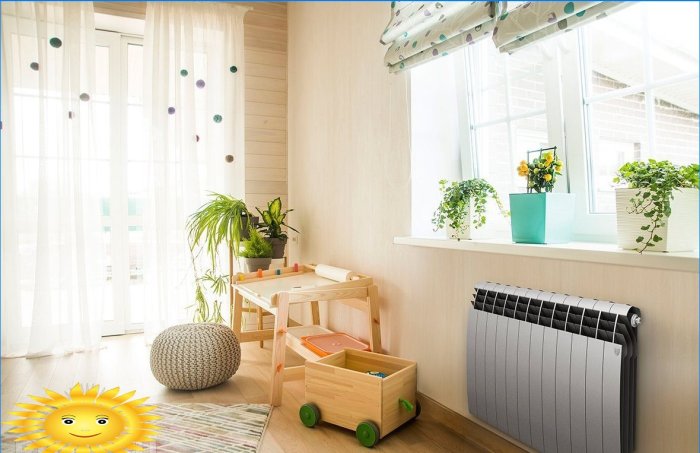

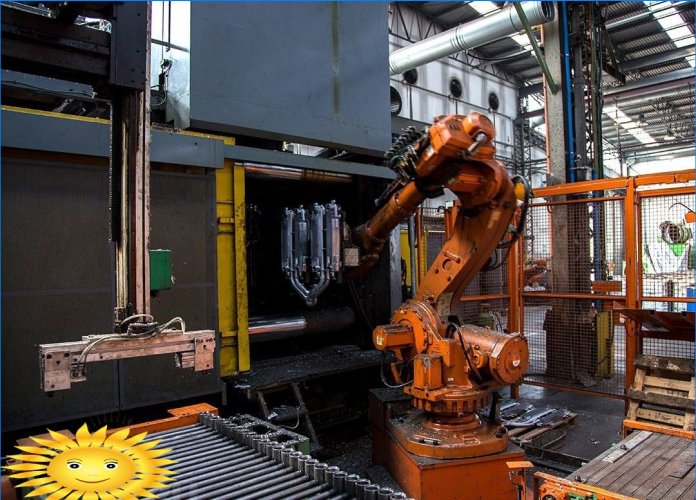
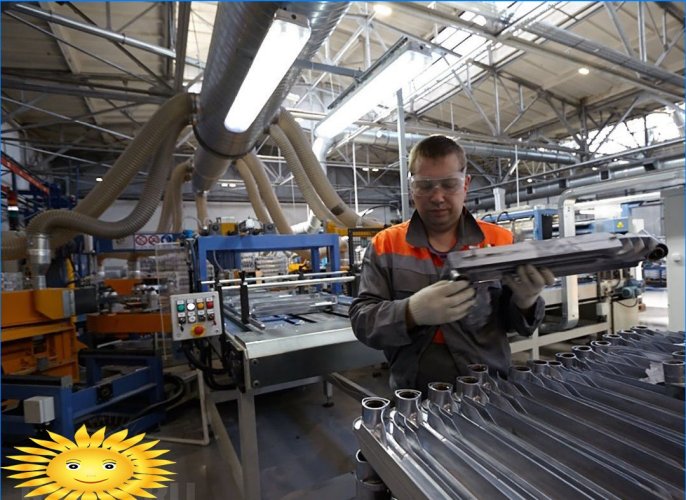

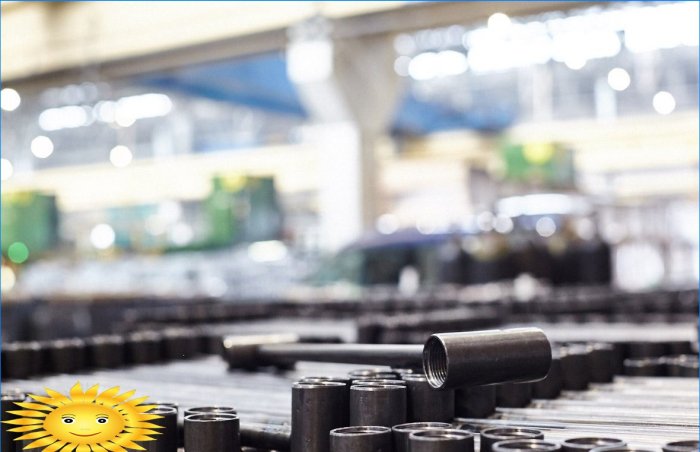
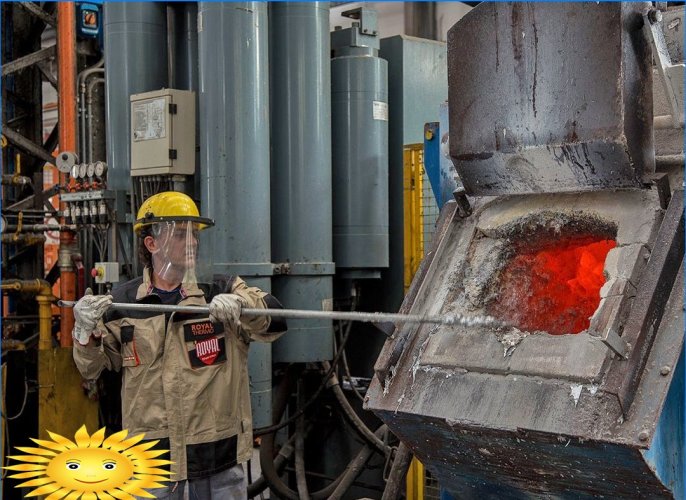
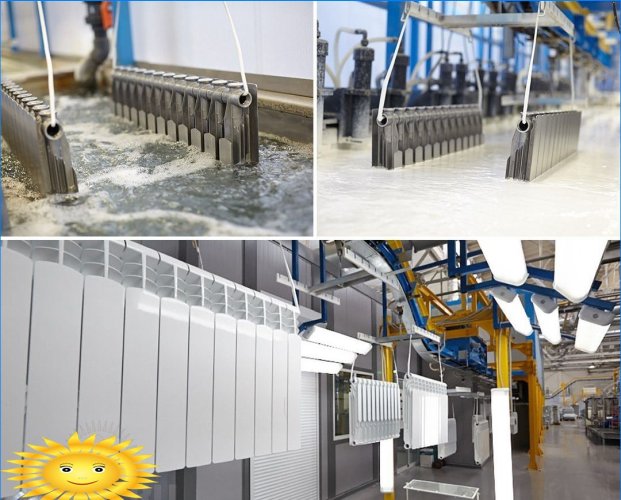
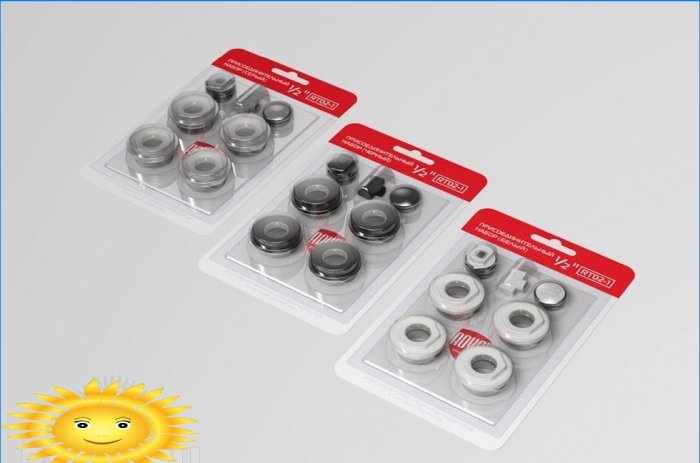
When it comes to bimetallic heating radiators, which option is considered better and what factors contribute to that judgment? What advantages do they offer compared to other types of radiators? I’m curious to know the key factors that should be considered when choosing between different types of heating radiators.